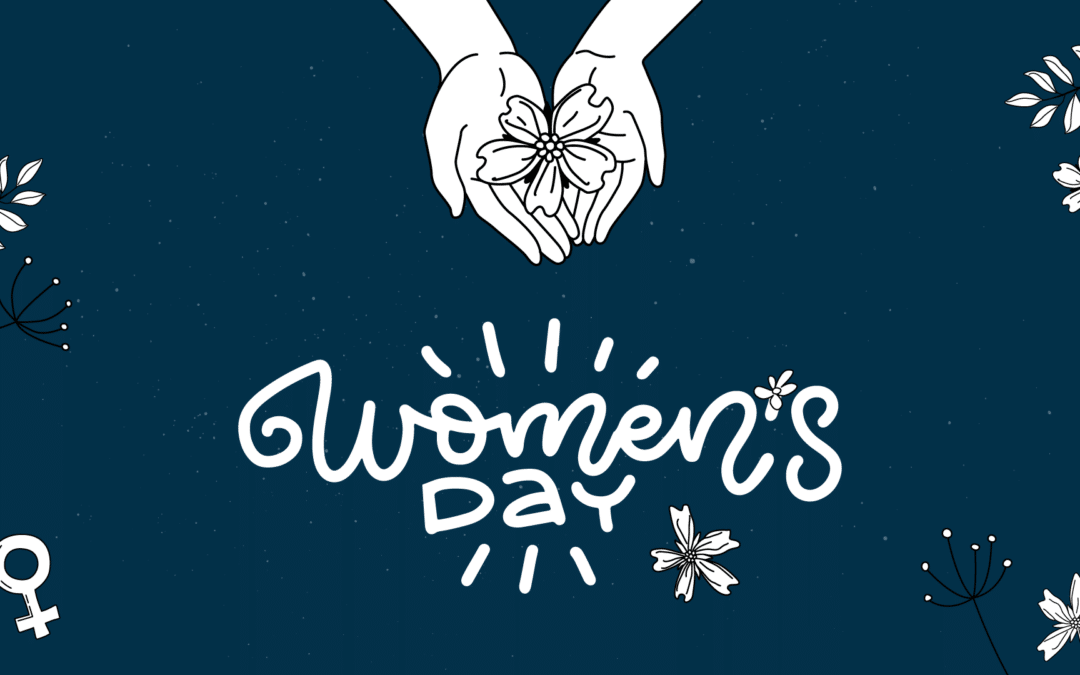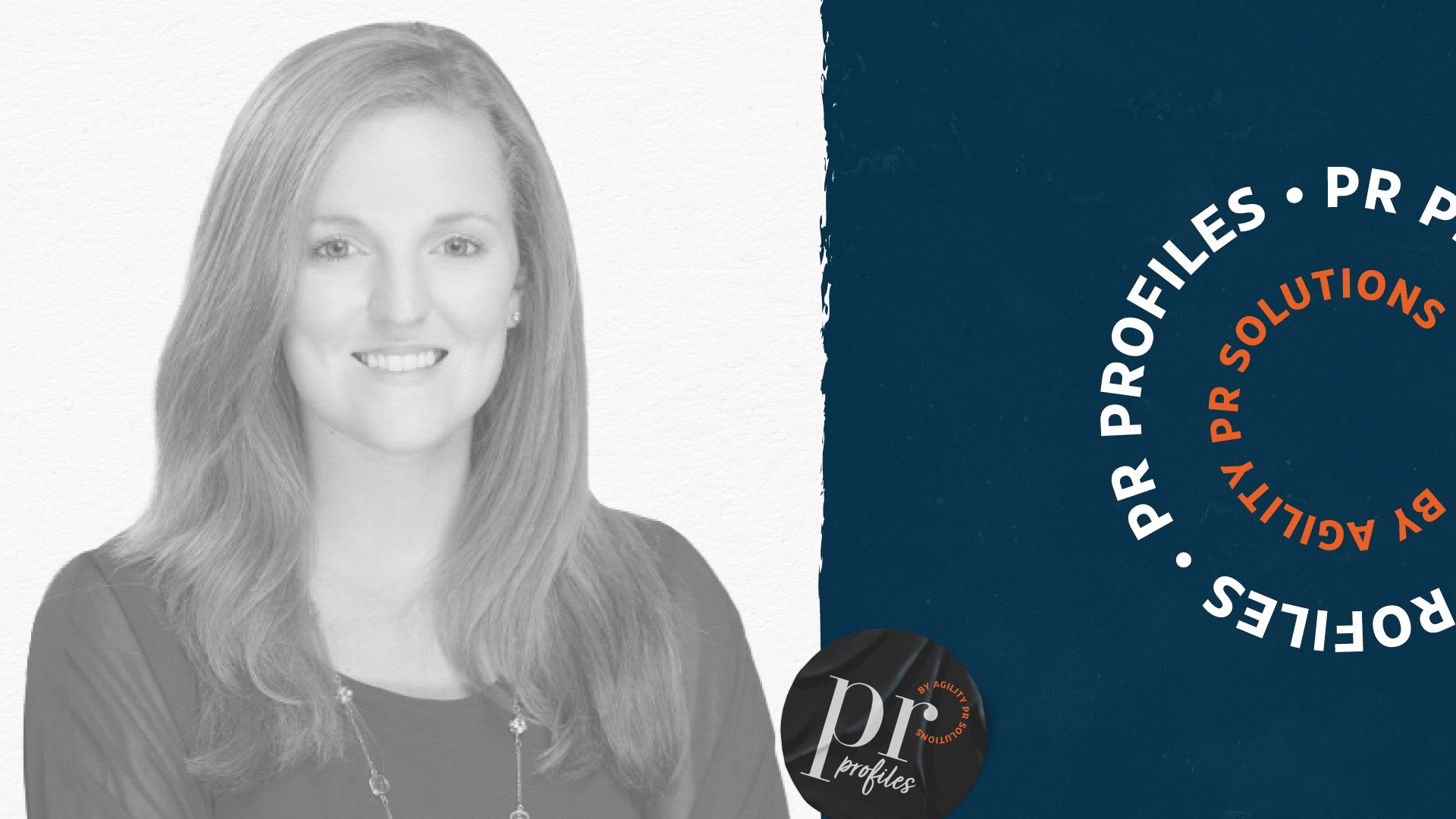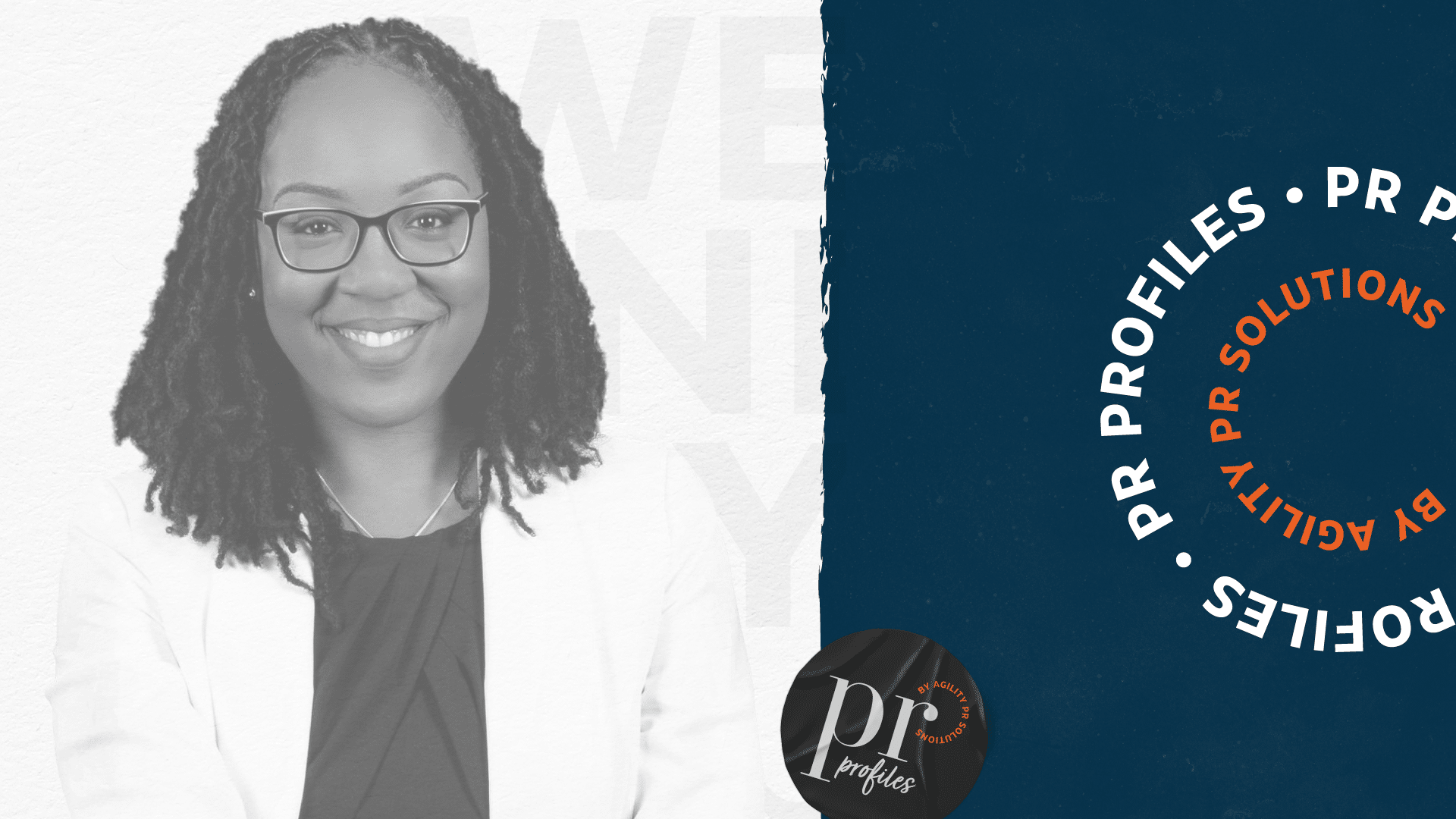It’s well documented that men hold most C-suite positions at PR agencies. Some estimates topping nearly 80 percent. In an industry that is predominantly women, this makes the gap between men and women especially pronounced. The current landscape of public relations highlights a multitude of various important aspects of gender norms, imbalances, and the disconnect that is obviously present in public relations leadership roles.
Factors that create gaps in the workplace
Unconscious biases, discrimination, exclusion, sexism and work-life balance are all factors that play a part in the gap between women and men in public relations leadership positions, contributing heavily to gender issues in the workplace. The International Labour Organization confirms that sexism and unconscious biases are prominent in work culture today because of the generalized unconscious bias that management is a man’s job.
These types of unconscious biases make it difficult for women to obtain success in their positions in all areas of work. Societal issues have historically caused males to subconsciously view themselves as superior to females. When this bleeds into the workplace, it ends up costing companies and limiting their success.
The business case for diversity, equity, and inclusion (DE&I) is stronger than ever.
A report by Mckinsey confirms, “The greater the representation, the higher the likelihood of outperformance. Companies with more than 30 percent women executives were more likely to outperform companies where this percentage ranged from 10 to 30, and in turn these companies were more likely to outperform those with even fewer women executives, or none at all. A substantial differential likelihood of outperformance—48 percent—separates the most from the least gender-diverse companies.”
Gender gap in PR
The gender gap in leadership is more pronounced in the public relations field because it is a sector that predominantly employs females yet is run by men. Historically the feminization of public relations has an unfortunate attachment to some of the reasoning behind the reputation and status of the profession.
A study in PRism journal says “This ‘feminisation’ of public relations was charged with lowering the reputation of the profession, bringing about a decline in both salaries and status, and excluding public relations from primary decision-making in organisations”
The professionalization of PR
PR getting a spot at the C-suite table is not only important for the professionalization of the field, but should be an important task on the agenda of feminists and all communications professionals.
The push for professionalization in PR is related to conversations about feminization and professionalization running parallel to one another. Although feminization is not the only reason behind the professional status of public relations, achieving professional status and becoming a larger part of the decision-making processes companies make is a step in the right direction. This will improve businesses everywhere, and support females working in other feminized industries ruled by men.
The C-suite “Boys club”
It is important to have qualified women in leadership positions not only to close the gap and eliminate gender inequality: It is also important so that female executives can offer advice and advocate for mid-level employees who may not be in a position to speak up for themselves against someone who is in a position of power.
Having females in leadership positions also has the capability of eliminating issues like having a “boys club” C-suite lacking diversity and causing harm to the bottom line.
Finding work-life balance
Women typically take on a role of caretaker and home maker, and therefore desire more flexibility in their work, such as working from home. Inconsistency in flexibility among workplaces and managers can therefore become a barrier.
Work-life balance has been a perennial problem, specifically for women in public relations. PR pioneer Doris Fleischman Bernays published an article in 1955 titled “A Wife is Many Women” which offers a look at Fleischman’s personal and private life as a woman in public relations in the 50s, a time before technology allowed bringing work home.
“She wrestles with the personal and professional issues that surround her 60-year, daily partnership with her clearly more powerful husband,” she wrote.
Work-life balance seems to be a greater struggle for women than men, especially those with families. PEW research indicates that the top three reasons holding women back from leadership jobs were:
“Women are held to higher standards (43%); We are not ready to hire/elect women leaders (43%) and; Family responsibilities don’t leave enough time (235).”
Maternity and paternity leave
Organizations have a responsibility to offer inclusive maternity and paternity policies. Some even suggested that paternity leave should be mandatory to eliminate imbalance. Since men often do not take a significant paternity leave, and can be perceived as more committed to their jobs. Taking maternity or paternity leave can affect promotions and may occur at inopportune times that could cause missed opportunities, less experience, or disconnect from the team.
Ways to promote gender equality in the workplace
- We’re all in this together. DEI initiatives help everyone and they can be the missing link in a business’s success. Do not consider gender issues to be a battle of women against men, rather an opportunity to welcome education, change, and solutions that will benefit everyone.
- Executives have a responsibility to define culture that empowers all employees and allows them to feel confident advocating for themselves and requesting equality.
- Educate your workplace with data that indicates where your organization stands, and make a genuine effort to be true to what DEI best practices advise.
- Offer organizational support and equal professional development programs in leadership training or negotiation classes to guide women in advocating for appropriate financial compensation.
- Close any existing pay gaps. Male executives also have a responsibility to push for women to get equal pay for equal work.
Female leadership in PR
We must make significant progress in public relations where the gender and pay gaps are prominent. Work done by public relations professionals echoes ideas that are discussed in many reports that discuss gender inequality, such as unconscious biases, discrimination, exclusion, sexism and, work-life balance which contribute to gender issues in the workplace. Now is the time for change in a female-dominated industry with mostly male leadership. Both men and women who practice as public relations professionals must be ready to close the wage and leadership gaps to promote an equal workplace, and support equality everywhere!
If you liked this article, check out “Women in PR: New study investigates long-term effects of gender bias in the industry”.
Happy International Women’s Day 2023 from Agility!







